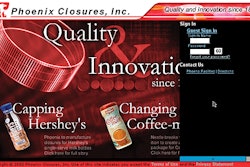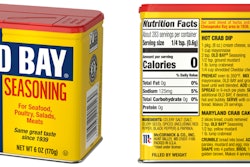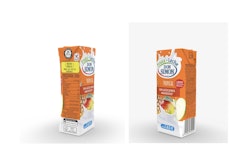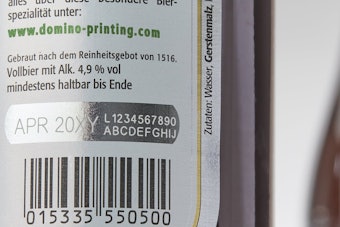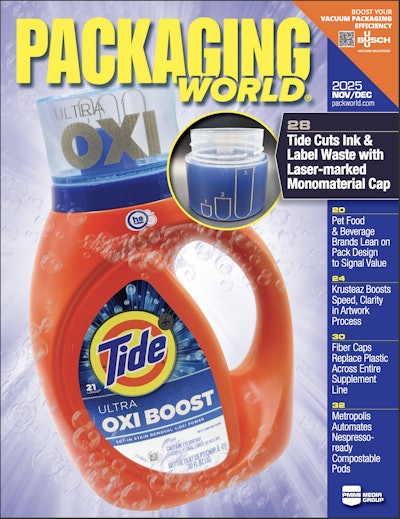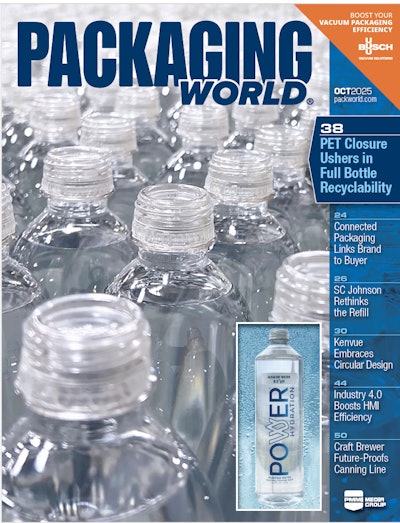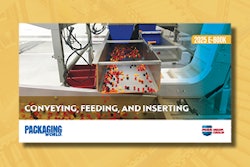To qualify as “organic,” the food has to be produced without pesticides, hormones, antibiotics, irradiation, or bio-engineering. Farmers must conserve soil and water. Animals must be treated humanely and be fed only 100% organic feed. Private companies and state agencies will inspect and certify companies as organic. Those who mislabel their products face fines of up to $10ꯠ per violation.
There are four categories of organic labeling:
• 100% Organic: Contains 100% certified organic ingredients. Can use the USDA Organic seal.
• Organic: Contains 95% or more organic ingredients. Can use the USDA Organic seal.
• Made with Organic Ingredients: Must contain at least 70% organic ingredients. Cannot use the Organic seal.
• Some Organic Ingredients: Less than 70% of ingredients are organic. The word “organic” cannot appear on the front of the package, but organic ingredients can be listed as such. Cannot use the Organic seal.
All organic products also must state “Certified organic by...” followed by the name of the certifying agent.
Both food manufacturers and consumers hailed the new rules though the Center for Science in the Public Interest claimed that a product labeled “organic” still could contain organic fat and organic sugar, and be contaminated with harmful bacteria.



